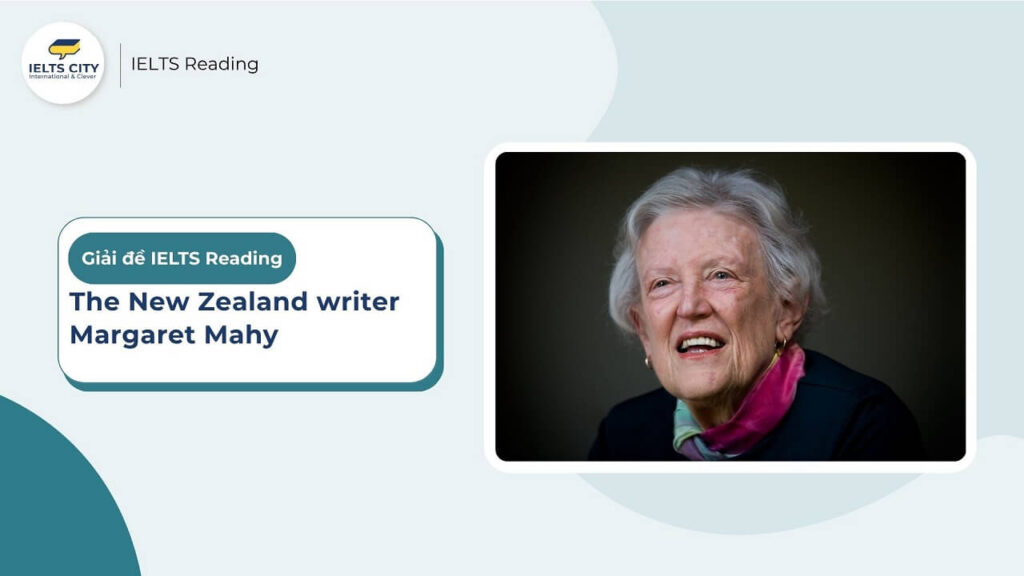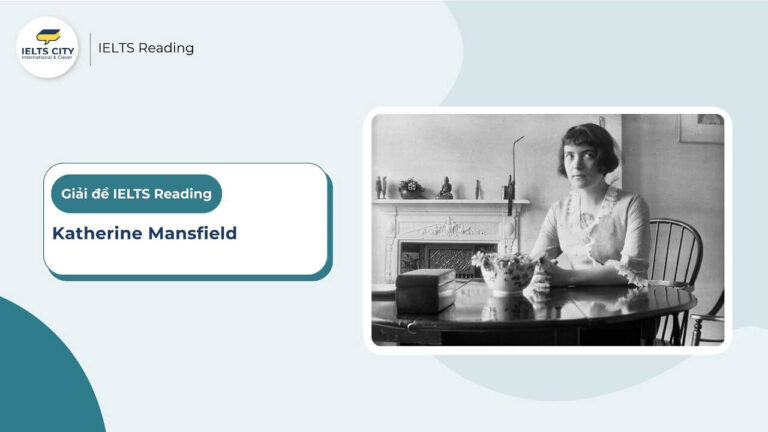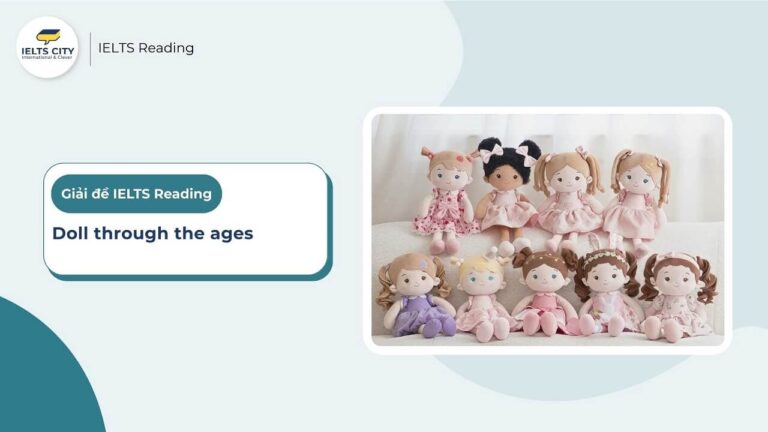
Nội dung chính
ToggleBài đọc
The New Zealand writer Margaret Mahy
In a career spanning some fifty years, Margaret Mahy has come to occupy a unique place in New Zealand writing with innovative fiction and original characterisation. In our solidly realist tradition, the linguistic fireworks of Mahy’s children’s fiction and the explorations of human behaviour at the heart of her supernatural teenage fiction stand gloriously alone. Mahy’s clearest heir, I have always thought, is Elizabeth Knox—and maybe the true inheritance there is sheer singularity. Just as there is no one else like Knox in New Zealand writing, Mahy, too, has ventured into imaginative territory unknown to other local writers. So it was with great pleasure that I visited Mahy recently at her Governor’s Bay home to talk about her new book. As with all journalists, she is generous to a fault with her time and attention; and, as always—despite her careful consideration of questions and thoughtful answers—I’m reminded she isn’t truly comfortable making herself or her life the heart of any conversation.
Certainly, any consideration of the style of Mahy’s novels and picture books throws up some irresistible theories. As a writer committed to supporting herself through her art, she has seldom had the time for formal research. Rather, it has been a matter of going out and finding inspiration from her immediate environment: the writing on the side of a bus; a spelling mistake in a note to herself, the similarity between a cat and a fur hat. But despite these sometimes mundane origins, the settings for her stories are delightfully varied, as these books celebrate the dramatic plot twists and unpredictability of adventures on the high seas or in Antarctica, and also in quite unassuming places like the library or even down the back of a chair at home.
Mahy has a lifelong affection for characters who are agents of upheaval and disturbance. Her junior and picture books are peppered with pirates, robbers and lions, though they appear alongside librarians, mothers and children, working against comfortable stereotype. Her fictions often have at their heart a young adult burdened with special powers, such as the ability to cast spells in order to transform their world in supernatural and fantastical ways. Another common feature is that, while the conclusions of her tales are usually predictable, they leave the reader feeling absolutely complete, the moral questions resulting from our hero’s powers having been resolved.
Many of these themes can be found in her new novel, The Magician of Hoad. The book was begun more than 15 years ago and envisioned as an ‘entire’ fantasy—one set in a fully imagined world with detailed history and complex tribal inter-relationships, a classical hero quest at its heart. The story ballooned at one point to 800 pages and has been through at least two substantial rewrites. Now half its original size, it is a fascinating read—an adventure, a romance, and a gold mine of Mahy literary preoccupations.
The other splendid Mahy publication this year is a re-issue of Bubble Trouble in a newly illustrated edition. This tongue-twister tale first appeared in 1991, was included in 100 New Zealand Poems (1993) and has been recited by Mahy at countless private and public functions. Perhaps more than any other work, Bubble Trouble is the Mahy that New Zealand children and their parents know so well, the rollicking story of a clown who serves up a joyous torrent of word play and unexpected rhyme.
Those connections are four or five deep now. I read The Lion in the Meadow in the School Journal in the late 1960s; my stepdaughter listened to The Boy Who Was Followed Home over and over in the 1970s; my own children sat very still mouthing The Great White Man-Eating Shark in the 80s and 90s; now in the 21st century, my grandchildren have heard Down the Dragon’s Tongue, A Summery Saturday Morning and Dashing Dog many times.
Of course, readers are important to any working writer, but Mahy’s espousal of the act of reading goes beyond that: a book is not properly finished, she has often said, until it has been read, because a reader brings something important to the book. So, doubtless out of need to build a market—she’s not ignorant of her popularity—but also out of genuine care for that other dynamic part of the author-reader relationship, Mahy has, until recently, kept up a punishing schedule of public appearances.
Private conversation with Mahy has always been a wild ride—marvellous, in the true sense of the word, the product of a hungry head and an infinite capacity to be astonished. She races away at one stage to consult an encyclopaedia for L.M. Montgomery’s date of death, and speculates about the ‘real’ Montgomery, creator of the ever-popular Anne of Green Gables. Although I’d come to talk about her new book, I couldn’t help but be captivated by her infectious curiosity.
A few years ago, the writer David Hill told a funny story. Though his writing was, he often conceded, very different from Mahy’s, he had been affected by her peculiarly alert way of looking at the world, particularly the mad, slippery life of language. Once, Hill said, in a motel room, a sign on a door caught his eye: “This door is alarmed.” Mahy would like that, thought Hill. She would enjoy the comedy just below the surface of the formal warning; she would leap immediately to the possibilities for story and language play: “Yes, and this window is concerned, this light fitting is intimidated.” His story was a wonderful comment on Mahy’s vision.
Kiến thức cần nắm:
Câu hỏi
Questions 36-40
Choose the correct letter, A, B, C or D.
Write the correct letter in boxes 36-40 on your answer sheet.
36 What does the writer say about The Magician of Hoad?
- A. It is partly based on true history.
- B. It was restructured in the writing process.
- C. It is quite different from conventional fantasy.
- D. It does not reflect the usual themes in Mahy’s work.
37 According to the writer, Bubble Trouble
- A. was first illustrated in 1991.
- B. is written in plain language.
- C. is an old favourite for many families.
- D. has not been read aloud by Mahy.
38 The writer’s purpose in the fifth paragraph is to
- A. show how Mahy’s style has changed.
- B. criticise Mahy’s children’s stories.
- C. describe how new media have changed reading.
- D. illustrate Mahy’s popularity with different generations.
39 According to the sixth paragraph, which of the following is true?
- A. Readers sometimes do not finish Mahy’s books.
- B. Mahy actively encourages feedback from readers.
- C. Readers are necessary in order to complete a book.
- D. Mahy does not realise how important readers are.
40 What is the writer doing in the final paragraph?
- A. comparing Mahy’s writing to David Hill’s
- B. giving an example of Mahy’s influence
- C. explaining why Mahy’s language is humorous
- D. criticising the way Mahy plays with words
Kiến thức cần nắm:
Đáp án kèm phân tích
Questions 36-40: Multiple Choice
36. What does the writer say about The Magician of Hoad?
- Đáp án: B. It was restructured in the writing process.
- Giải thích: Bài đọc cho biết cuốn sách này đã từng “phình to” lên đến 800 trang và đã trải qua ít nhất hai lần viết lại đáng kể (rewrites). Hiện tại nó chỉ còn bằng một nửa kích thước ban đầu. Quá trình viết lại và cắt giảm này chính là “tái cấu trúc” (restructured).
- Vị trí và trích dẫn: Đoạn 4 (đoạn bắt đầu bằng “Many of these themes…”).”The story ballooned at one point to 800 pages and has been through at least two substantial rewrites. Now half its original size…”
37. According to the writer, Bubble Trouble
- Đáp án: C. is an old favourite for many families.
- Giải thích: Tác giả nói rằng có lẽ hơn bất kỳ tác phẩm nào khác, Bubble Trouble là tác phẩm mà trẻ em New Zealand và cha mẹ chúng (families) “biết rất rõ” (know so well). Việc được cả phụ huynh và trẻ em biết rõ và yêu thích qua nhiều năm cho thấy đây là một “old favourite”.
- Vị trí và trích dẫn: Đoạn 5 (đoạn bắt đầu bằng “The other splendid…”).”Perhaps more than any other work, Bubble Trouble is the Mahy that New Zealand children and their parents know so well…”
38. The writer’s purpose in the fifth paragraph is to
- Đáp án: D. illustrate Mahy’s popularity with different generations.
- Giải thích: Đoạn văn này liệt kê một chuỗi thời gian dài: tác giả đọc vào những năm 1960, con gái riêng đọc vào những năm 1970, con ruột đọc vào những năm 80-90, và cháu đọc vào thế kỷ 21. Mục đích là để minh họa sự phổ biến của bà trải dài qua nhiều thế hệ (different generations).
- Vị trí và trích dẫn: Đoạn 6 (theo văn bản cung cấp).”I read… in the late 1960s; my stepdaughter… in the 1970s; my own children… in the 80s and 90s; now in the 21st century, my grandchildren…”
39. According to the sixth paragraph, which of the following is true?
- Đáp án: C. Readers are necessary in order to complete a book.
- Giải thích: Tác giả trích dẫn quan điểm của Mahy rằng một cuốn sách “không thực sự hoàn thành” (not properly finished) cho đến khi nó được đọc, bởi vì độc giả mang lại điều gì đó quan trọng cho cuốn sách.
- Vị trí và trích dẫn: Đoạn 7 (theo văn bản cung cấp).”…a book is not properly finished, she has often said, until it has been read…”
40. What is the writer doing in the final paragraph?
- Đáp án: B. giving an example of Mahy’s influence
- Giải thích: Đoạn cuối kể câu chuyện về nhà văn David Hill. Hill thừa nhận ông đã “bị ảnh hưởng” (affected) bởi cách nhìn thế giới đặc biệt của Mahy. Câu chuyện về tấm biển báo động (alarmed door) là ví dụ cho thấy cách nhìn của Mahy đã ảnh hưởng đến tư duy của ông như thế nào.
- Vị trí và trích dẫn: Đoạn cuối cùng.”…he had been affected by her peculiarly alert way of looking at the world… His story was a wonderful comment on Mahy’s vision.”
Cập nhật đề thi thật mới nhất tại:





















